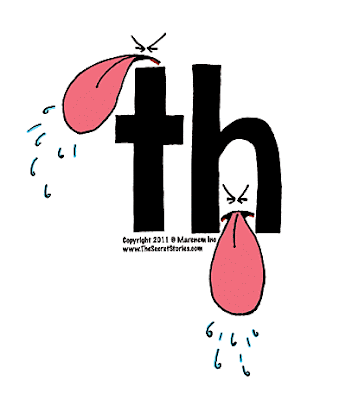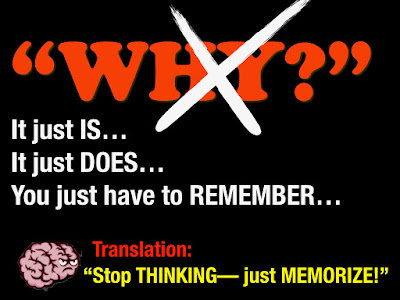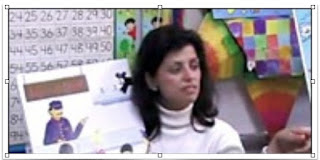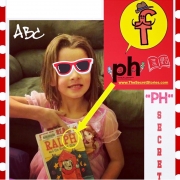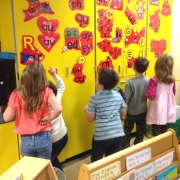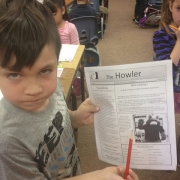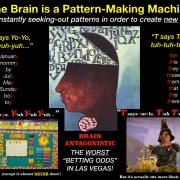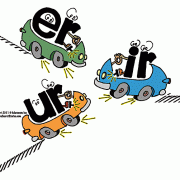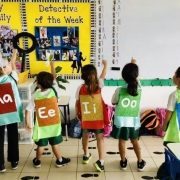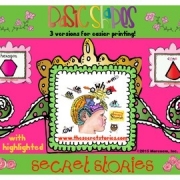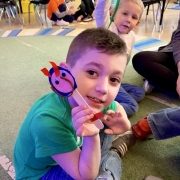The ‘Grown-Up’ Reading & Writing Phonics Secrets!
| What letters DO when they DON’T do what they should! |
Have you ever wondered WHY letters make all of the crazy sounds that they do? Or how you could possibly make them make sense to a five-year-old who just wants to play with their shoe and lick the carpet?
 |
|
|
But like us, letters also have “Secrets!” And knowing their Secrets makes it easy to understand their behavior. These are the “grown-up” reading and writing Secrets!
 |
| CLICK FOR FREE SAMPLER PACK |
Teachers who know the Secrets never have to say to their students, “It just is….It just does…You just have to remember” when telling them how to sound out or spell a word. They just tell them its Secret!
However, these ‘grown-up’ reading and writing Secrets are SO big that students have to earn the right to hear them! (with creative/critical thinking, awesome answers, beautiful behavior, perfect patience, caring kindness, automatic attention, dynamic discussions, ready responsibility, keeping clean, collecting compliments, etc…)
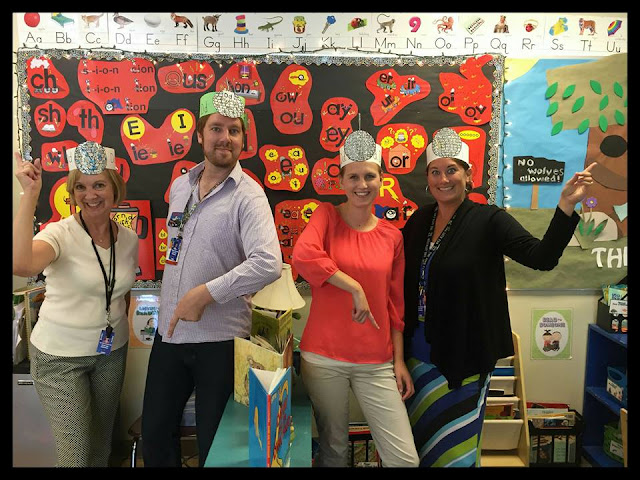 |
| Starting with the Secrets— An Introduction |
Secret Stories®— An Introduction
When I used to teach kindergarten and first grade, I would often tell my kids that they were “too little” to hear the “BIG grown-up Secret” that they’d spotted in a word, and that if they ate lots of vegetables every night that week, then their brains might be big enough by Friday for me to tell them! Needless to say, the parents of my picky eaters (half my class) thought I was magic, as their kids never could explain clearly enough for them to understand why exactly they were gorging on vegetables every night!
 |
| “What letters do when they don’t do what they should!” |
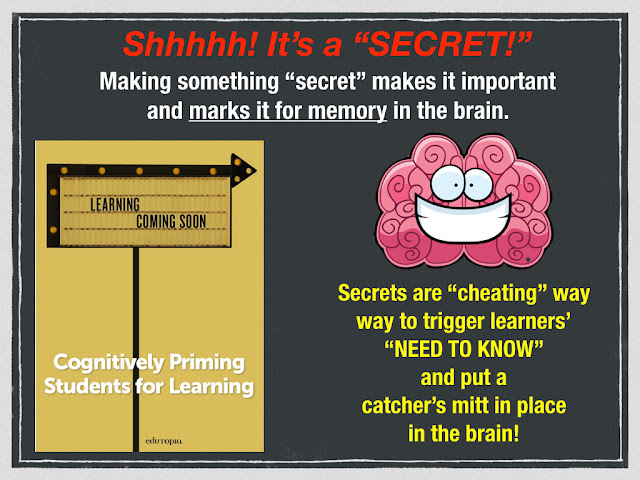 |
| Sparking a ‘Need-to-Know’ for Prioritized Learning! |
 |
| Do YOUR kids know the “ph” Secret? |
Shifting Phonics Instruction from Brain-Antagonistic to Brain-Compatible
And here begins the shift from “Brain Antagonistic” to “Brain-Compatible” instruction, allowing for twice the learning gain in half the time and with half the effort.
The result is an ongoing, student-driven cycle of learning that is natural and seamless. Learners’ desire to know more Secrets catapults phonics skill introduction beyond traditional, grade level walls, empowering early learners with accelerated access to the “whole” reading and writing code.
 |
Breaking Down Grade Level Walls that Limit Learner Access to the Code
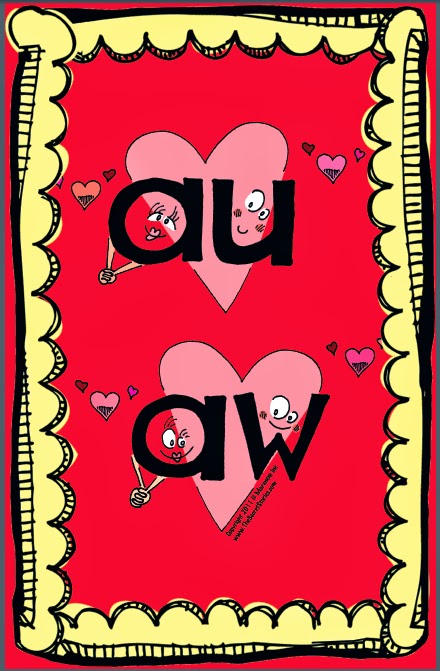 |
| Click here to learn the au/aw Secret! |
So what was my reasoning for teaching the au/aw “second-grade skill” on the very first day of Kindergarten? That’s easy. Because it came up! And because it would keep coming up every single day, throughout the entire month of August (not to mention in a bunch of other words, too!)
The word August was written in big, bold letters at the top of our morning calendar, which we would be reading and talking about on a daily basis. Moreover, had any of my little guys actually known the letter A sound, not explaining it would have been like tossing a giant monkey wrench into their existing pattern (i.e. what they thought they knew about the letter a).
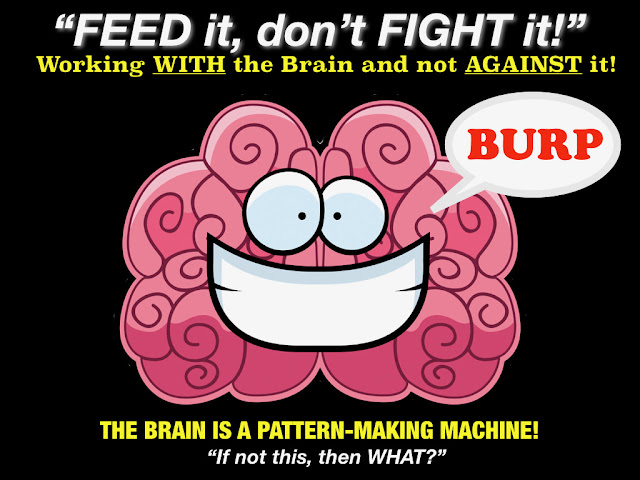 |
| Patterning is the brain’s way of doing things. It is the essence of how we learn. |
The brain is always seeking-put patterns and creating new ones. This is the learning process. It is critical thinking at its most basic level. Patterning is, in a nutshell, the brain’s way of doing things!
And this is yet another example of how we can use the brain science to inform and enhance our teaching practices as we shift phonics instruction from brain-antagonistic to brain-compatible!
And so, having told them that they were “big enough” to hear this very important and very grown-up Secret on the very first day of school….
Then two things that happened on our way to lunch….
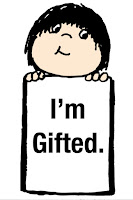 |
| Gifted Gus |
1. A little boy named Gus (who had come to school with a note pinned to his shirt, by mom, telling me he was gifted) pointed to a sign above the fire doors and yelled, “Look! The letters that are in love are in that word! Aaahhh-to-maaa-tik…… aah-to-maa-tik…… AUTOMATIC! Hey, I can read that word!!!!”
| Lu-Lu |
These two very different, yet equally awesome outbursts demonstrate why telling that particular Secret on that particular day was ABSOLUTELY the ideal, not to mention perfectly developmentally appropriate for both students— regardless upon which grade level scope and sequence the au/aw phonics skill officially falls.
High, medium or low…. the Secrets can be readily shared with ALL learners, with no harm and no fowl, as we’re not “teaching” skill, we’re giving them. It’s like food that’s been laid out on a buffet, ready for the taking, but without any expectations….just lots of modeling and use.
Both learners were “given” the same key to unlock text at the same time. One understands that it can be used to unlock words and one does not, but they both have the key, and that’s what counts!
 |
| Accelerated Access to the WHOLE Reading & Writing Code! |
By giving Lu-Lu the same “keys” (i.e. Secrets) to unlock words that “Gifted Gus” has, we eliminate the learning curve and waiting time. That way, once her little light bulb pops on, she is ready to “hit the ground running” and start using the Secrets she already knows to read and to write.
Otherwise, learners like Lu-Lu often don’t acquire these critical pieces of the code to successfully cross over the instructional-hump that is learning to read in K-2, so as to be prepared to read to learn in 3rd and beyond.
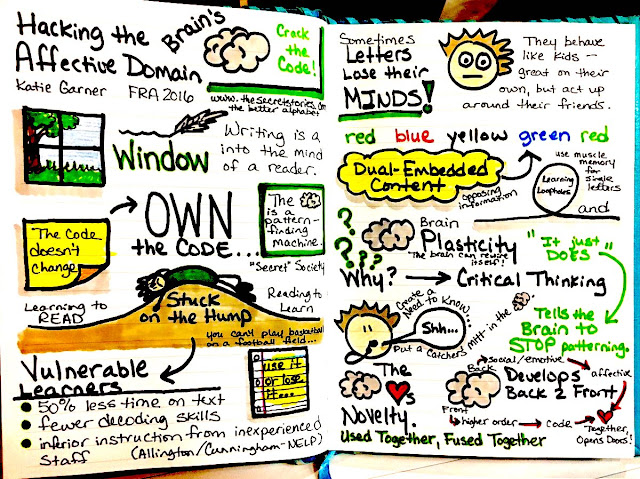 |
| Note the “instructional-hump” so clearly depicted (mid-page, left) in these awesome sketch notes! |
“Back Door” vs. “Front Door” Instruction
 |
| Targeting phonics skill instruction to the earlier-developing, affective domain for accelerated, early learner access to the code! |
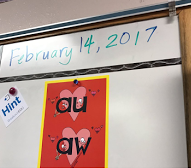 |
| “Awwwww, it’s Valentine’s Day!” |
“It is literally neurobiologically impossible to think deeply about things you don’t care about. Deep understanding depends on making emotional connections between concepts. Emotion guides our learning. If something is emotionally stimulating, it is marked for memory and prioritized for learning in the brain.”
Channeling phonics skills through the brain’s backdoor via social-emotional “feeling” domain makes learning easy and effortless. By embedding high-leverage, phonics skill concepts (like Superhero Vowels®, Sneaky Y®, Mommy E® and Babysitter Vowels®) into familiar, social and emotional “story-based” frameworks, inexperienced (and upper-grade, struggling learners) are easily able to predict the “most” and “next most” likely sound behaviors of letters in text— even in words they have never seen before.
 |
| Yep, it’s really THAT easy!!! |
 |
| “The LIE About Y” |
Stories Put the Whole Brain to Work, and Act as “Memory-Enhancers” in the Brain
If you’re a kindergarten teacher, I bet I know what you’re thinking…
“Great! My kids will know the au/aw sound, but they still won’t be able to recognize the letter D!”
No worries, as that part is just as easy! We don’t even need any Secrets for the individual letter sounds, as when letters make the sounds that they’re supposed to, all is right with the world! That’s not to say that teaching the individual letters and sounds is easy—which is why we don’t teach them, we give them! Just like with the Secrets, we can follow the brain science to access a more easily-accessible “backdoor” route for skill mastery by way of muscle memory!
 |
| BETTER Alphabet “Vertical” Anchor |
 |
| For more free musical brainteasers, click here! |
And don’t forget to grab the FREE Secret Stories® Sampling and start sharing the Secrets in your classroom! You can also grab the FREE Common Core Literacy Posters with Secret Stories® phonics graphics-supports, as well as the FREE “made-to-match” Science Posters… all of which are pictured, below.
 |
| FREE SECRET STORIES® MINI-POSTER SAMPLE ANCHORS |
 |
| CLICK FOR FREE COMMON CORE LITERACY POSTERS (“made-to-match” Math & Essential Questions sets also available) |
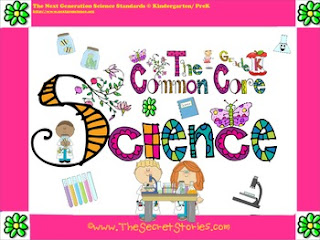 |
| FREE PRE/KINDER COMMON CORE SCIENCE POSTERS |
 |
| FREE FIRST GRADE COMMON CORE SCIENCE POSTERS |
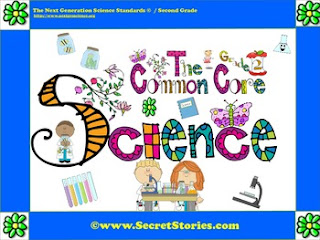 |
| FREE SECOND GRADE COMMON CORE SCIENCE POSTERS |
 |
| FREE THIRD GRADE COMMON CORE SCIENCE POSTERS |
22 comments:
-
My students refer to the Secret Stories posters constantly! They are BY FAR the most- used resource in my entire first grade classroom!! You and Deanna are both just so amazing!
Thank you both so much…. what an inspiration this is!!!!!! -
Wow, thank you, that’s so wonderful to hear! And your students’ frequent and ongoing use of the SECRETS is actually a testament to YOUR teaching and the abundance of opportunities you obviously provide to engage with text!
And the fact that your students DO take the time to reference the SECRETS when they read and write only further indicates that the literacy opportunities you provide are personally meaningful to them….. so congrats to you again!!!
-
Your stories are fabulous. I teach a group of 26 first graders with very diverse needs. Your program is both visual and auditory and the children “hook on” to the stories easily. They can imagine the t and the h that sticks out their tongues when they stand together because they have learned the story behind the sounds. My ESOL students love to retell the stories and feel excited to apply what they know when they are reading. Last year, I bought your program. I don’t have your new posters but they look great. Thank you for finding a method that reaches so many students.
-
-
And thank YOU for taking the time to post and let me know!!
Building that excitement is more than half the battle so keep up the great work and definitely keep me posted here and/ or on the Secret Stories blog….. You might just be a monthly winner of a new Secret Stories kit!!! I’ll keep my fingers crossed for you!
:) -
I am so excited I just read your Secret Stories posting on Deanna Jump’s Blog! I can’t wait to get your program so I can use it in my Kindergarten classroom!! I’m always thrilled when I find one more piece to use in my room to add to the foundation of “bricks” they need while keeping them engaged and excited! Thank you to both of you!
-
I love the “foundation of bricks” analogy and you are so right!
The SECRETS simply provide a way for learners to ‘own EVERYTHING yesterday’ when it comes to ALL that is necessary to read and write, thereby shifting focus to the REAL goal of the game….reading for meaning & writing for a purpose!Requiring learners to wait until the 3rd grade for comprehensive sound-skill ownership (especially when we’re requiring students to begin reading and writing in Kindergarten) just makes NO sense….. not if there’s a developmentally appropriate/ ‘backdoor-way’ for learners to own them all from the get-go!
Prolonging introduction/ acquisition of these critical skills over a period of multiple YEARS is what causes learner-focus to remain on the ‘bricks’ rather than on getting ‘up and over the wall’ where the REAL fun begins!!!!!
Okay, I’m jumping down from my soapbox now ;)
-
-
I teach preK (4 and 5 year old class) and my little guys just eat the Secrets up! I also used your Better Alphabet Song (from your CD) and honestly I was was blown away that the little ones were actually able to pick up the individual letter sounds so quickly! It’s just unbelievable what they can do with these and how much it changes everything you do in the way that you teach!
-
Sounds like you could write my next ‘Secret Session’ post!!
That’s awesome to hear and I’m thrilled to hear that you’re using the SECRETS in preK, as so many times I will see preK teachers shy away everything but the music pieces on the CD and it just kills me!Telling SECRETS in preK & K is like taking your class to a buffet- those who are are hungry for them will eat them and those that aren’t will still enjoy going along for the ride, establishing a sort of “catcher’s mit in the brain” in preparation for future recognition & instruction!!
Thanks so much again for posting and I hope you will share more about your experiences so as to inspire other preK teachers to take the leap in rethinking what’s possible at that level!
-
I have not seen your secrets before, but it looks like a wonderful way to teach how and why these blends make the sounds they do! I’ll certainly be using much of your intel! Thanks so much for sharing ~ I think my kids are really going to latch onto these tips and be much better readers for it!
-
I have not seen your secrets before, but it looks like a wonderful way to teach how and why these blends make the sounds they do! I’ll certainly be using much of your intel! Thanks so much for sharing ~ I think my kids are really going to latch onto these tips and be much better readers for it!
-
I have not seen your secrets before, but it looks like a wonderful way to teach how and why these blends make the sounds they do! I’ll certainly be using much of your intel! Thanks so much for sharing ~ I think my kids are really going to latch onto these tips and be much better readers for it!
-
Thanks for the wonderful comment, and I hope you will keep in touch regarding use of what’s shared, as I would love feedback on your experience at your specific grade level in the classroom!! :)
-
I love this! What a great way to introduce/teach those pesky digraphs!
-
…. and vowel combos, and blends, etc..!! As we move forward with Secret Sessions I’ll be sharing the ‘secrets’ for EVERYTHING that happens in language at least ‘5 times or more’ so as to ensure learners have logical explanations for why letters do (or don’t!) make the sounds that they do… so stay tuned!
-
-
So cute! All kids love secrets. Wonderful way for kids to remember this sound.
-
Thanks for posting! Would love to know what grade level you teach and for how long you’ve been using them?
-
I found you through Deanna jump and I am very intrigued by this!
-
That’s great, I’m so glad to hear it!! Things will only get ‘more intriguing’ from here… I promise ;)
LoL…. so many new things to see when you take learners through the brain’s ‘backdoor’ rather of the traditional front ;)

